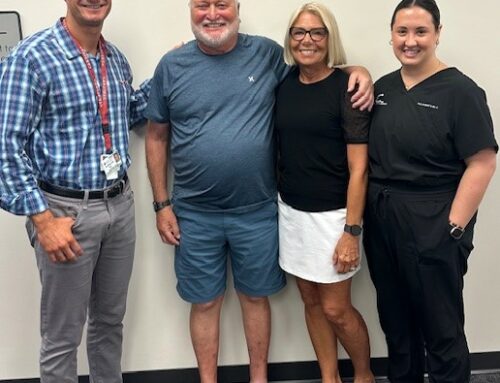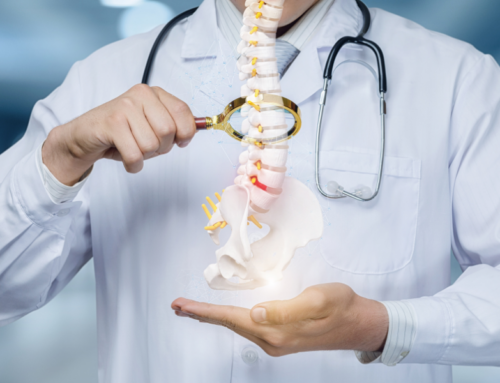Complex Regional Pain Syndrome
 Intense pain. Stiffness. Swelling. Discoloration. The symptoms of Complex Regional Pain Syndrome (or CRPS) are difficult for many suffer to endure. A long-term pain syndrome that often worsens over time, it is characterized by severe pain out of proportion to the original injury. In fact, it may initially affect one limb and then spread throughout the body – approximately 1 in 3 of those affected report symptoms through their whole body.
Intense pain. Stiffness. Swelling. Discoloration. The symptoms of Complex Regional Pain Syndrome (or CRPS) are difficult for many suffer to endure. A long-term pain syndrome that often worsens over time, it is characterized by severe pain out of proportion to the original injury. In fact, it may initially affect one limb and then spread throughout the body – approximately 1 in 3 of those affected report symptoms through their whole body.
What causes CRPS?
The exact cause is unknown, although it is believed CRPS is associated with an interruption in the regulation of the central nervous system and the autonomic nervous system, resulting in abnormal temperature control and pain in the limbs. There can be precipitating factors such as injury and surgery, although there are cases where literally CRPS has affected people “out of the blue.” It is known that this is a real physical injury, and not psychologically driven, although the constant pain and reduced quality of life are understandably known to cause psychological problems such as depression or anxiety. CRPS is classified as an amplified musculoskeletal pain syndrome.
Stages of Complex Regional Pain Syndrome
 It has been previously thought that CRPS had three stages; it now believed by many that people affected by CRPS do not progress through these stages sequentially – so rather than moving from bad to worse it is thought that individuals can suffer through various levels of intensity in each ‘stage’. [1]
It has been previously thought that CRPS had three stages; it now believed by many that people affected by CRPS do not progress through these stages sequentially – so rather than moving from bad to worse it is thought that individuals can suffer through various levels of intensity in each ‘stage’. [1]
“Stage” 1 – Acute. Burning pain and increased sensitivity to touch are common early symptoms of CRPS. This pain is different in that it is more constant and longer lasting than would be expected with a given injury. Swelling and joint stiffness usually follow, along with increased warmth and redness in the limbs affected. In addition, there be significant sweating and accelerated hair and nail growth in the extremities.
“Stage” 2 – Dystrophic. Swelling is more constant and skin wrinkles can disappear, as the skin itself becomes cooler. Fingernails become brittle, and pain becomes more widespread while stiffness increases.
“Stage” 3 – Atrophic. In this stage of CRPS, the skin becomes pale, dry, stretched and distinctly shiny. There is less expectation of getting motion back, even as pain may decrease the condition itself may spread to other areas of the body.
Diagnosis and Treatment
Unfortunately, there is no single test that will help your medical team diagnose CRPS. Only a detailed review of your medical history and symptoms and a careful examination of affected limbs can help with the diagnosis. One common symptom is that people with CRPS are unusually protective of the afflicted limb – so much so that even a light touch might provoke severe pain.





